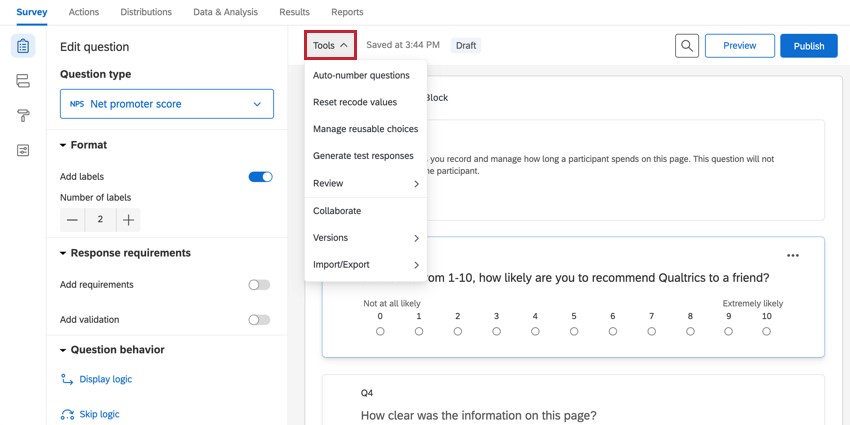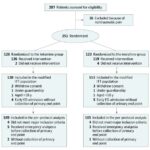When adopting new software or tools, organizations often face the challenge of justifying the switch. A critical part of this process involves comparing the existing tool to the proposed new one. This requires a structured approach to gathering feedback and understanding user perspectives. This article explores key questions to include in a survey designed to compare existing tools with new alternatives.
Key Questions for Comparing Tools
A comprehensive survey should cover various aspects of tool usage, encompassing functionality, usability, and overall impact. Here are some key areas and corresponding questions to consider:
Functionality
- What core tasks do you perform using the current tool? This establishes a baseline understanding of current workflows.
- What features of the current tool do you find most valuable? Why? Identifies essential functionalities that must be replicated or improved upon in the new tool.
- What features are missing or inadequate in the current tool? Highlights areas where the new tool can offer significant improvements.
- Does the new tool offer features that address the shortcomings of the existing tool? Directly assesses the new tool’s ability to meet identified needs.
- Are there any features in the new tool that you find confusing or unnecessary? Provides insights into potential usability issues and areas for training.
Usability
- How easy is the current tool to use on a scale of 1 to 5 (1 being very difficult, 5 being very easy)? Quantifies user satisfaction with the existing tool’s usability.
- How intuitive is the interface of the new tool compared to the current one? Assesses the learning curve associated with adopting the new tool.
- Does the new tool offer better navigation and organization than the current tool? Explores improvements in workflow efficiency and user experience.
- Are there any aspects of the new tool’s interface that you find frustrating or difficult to use? Pinpoints specific usability issues that require attention.
Impact and Efficiency
- How much time do you spend using the current tool on a daily/weekly basis? Establishes a benchmark for time spent on tasks.
- Do you believe the new tool would increase or decrease your productivity? Why? Gauges the potential impact of the new tool on user efficiency.
- Does the new tool offer better integration with other tools you use? Explores potential workflow streamlining through integration capabilities.
- How would you rate the overall satisfaction with the current tool compared to the new tool? Provides a holistic comparison of user satisfaction.
Training and Support
- What type of training or support would you require to effectively use the new tool? Identifies training needs and resource allocation for successful implementation.
- How confident are you in your ability to learn and use the new tool? Assesses user confidence and potential barriers to adoption.
Conclusion
Gathering user feedback through a well-structured survey is crucial for making informed decisions about tool transitions. By focusing on key questions related to functionality, usability, impact, and training, organizations can gain valuable insights into the potential benefits and challenges of adopting a new tool. This information enables a more effective implementation strategy and ensures a smoother transition for users.
 the survey tools menu found by clicking Tools at the top of the editor
the survey tools menu found by clicking Tools at the top of the editor
